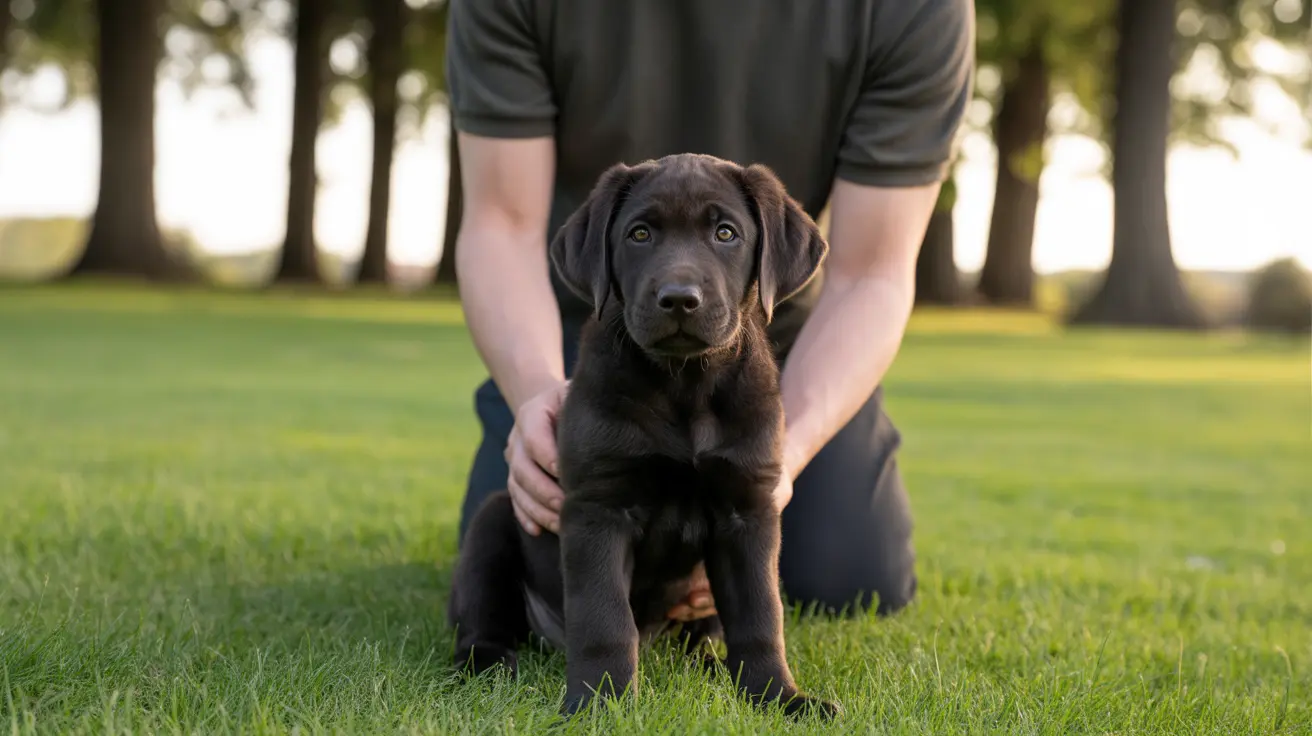Understanding the Origins of the Great Pyrenees
The
Great Pyrenees, also known as the Pyrenean Mountain Dog, is a majestic and gentle giant, renowned for its protective instincts, elegance, and devotion to family. While many wonder if this impressive dog is the result of a mix between two breeds, the truth is far more fascinating. The Great Pyrenees is in fact an
ancient and distinct breed that has existed for thousands of years, developed not by mixing breeds, but through generations of selective breeding in the rugged terrain of the Pyrenees Mountains between France and Spain.
Ancient Roots in the Pyrenees
The Great Pyrenees was bred to guard livestock, primarily sheep, from predators such as wolves and bears. These mountainous regions demanded a strong, resilient, and intelligent dog with a calm temperament that could make independent decisions. Archaeological records indicate that ancestors of the Great Pyrenees were present as far back as 3000 B.C.
Key characteristics preserved over millennia include:
- Thick, weather-resistant double coat suitable for harsh climates
- Strong protective instinct
- Impressive size and strength
- Calm, nurturing demeanor around family and animals
No Breeds Mixed to Create the Great Pyrenees
Despite misconceptions, the Great Pyrenees is not a hybrid or crossbreed. It is recognized by all major kennel clubs as a distinct purebred. Some confusion may arise from the existence of
Great Pyrenees mixes today, such as the Pyredoodle (Great Pyrenees + Poodle) or the Pyrador (Great Pyrenees + Labrador Retriever), but these are modern designer breeds that stem from recent crossbreeding—not the origin of the Great Pyrenees itself.
Development Through Selective Breeding
The Great Pyrenees evolved naturally over centuries. Shepherds selectively bred dogs that exhibited the most desired traits—strength, independence, and gentleness with livestock. By maintaining these traits without introducing outside breeds, the growers established a consistent, reliable type of working dog that excelled in one of Europe’s most challenging pastoral environments.
Traits honed through this process include:
- Loyalty and bonding with herd and family
- Independence in decision-making
- Nighttime vigilance
- Minimal need for direction
The Role of Great Pyrenees in History
In addition to their pastoral importance, Great Pyrenees dogs were favored by French nobility in the 17th century. They weren’t just countryside guardians—they became royal court companions and are even designated the royal dog of France under Louis XIV. Their impressive appearance and demeanor made them favorites beyond the livestock fields.
Great Pyrenees Today
Today, Great Pyrenees continue to work as guardian dogs on farms but are also popular as companion pets for families that appreciate their gentle yet protective personalities. Their historic heritage contributes to their confident nature, making them excellent watchdogs, especially in rural settings.
Ideal traits for pet owners today include:
- Protective without aggression
- Gentle with children and other animals
- Low reactivity to stimuli
- Magnificent, regal appearance
Conclusion
The Great Pyrenees is not a breed formed from two others but instead a pure and ancient line bred carefully over generations. These dogs exemplify purposeful creation through selective breeding in response to environmental and functional needs. Their legacy as both fierce protectors and gentle companions continues to inspire admiration and loyalty from dog lovers worldwide.





